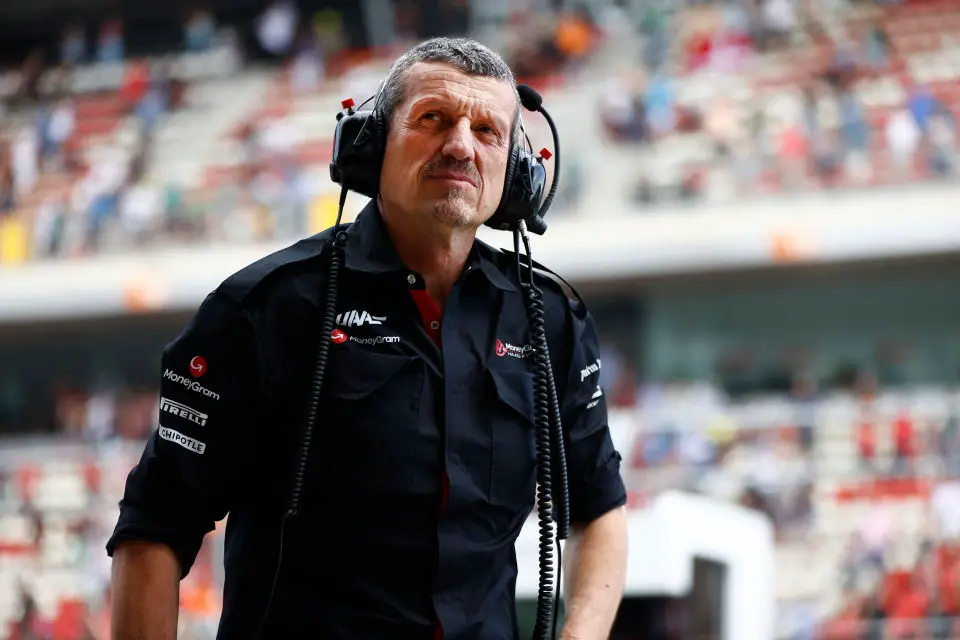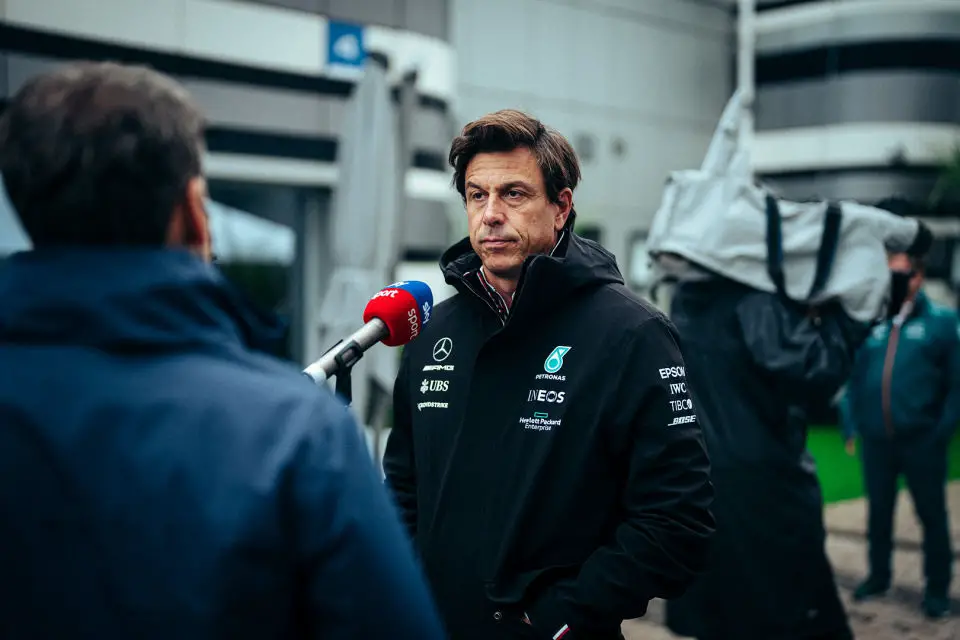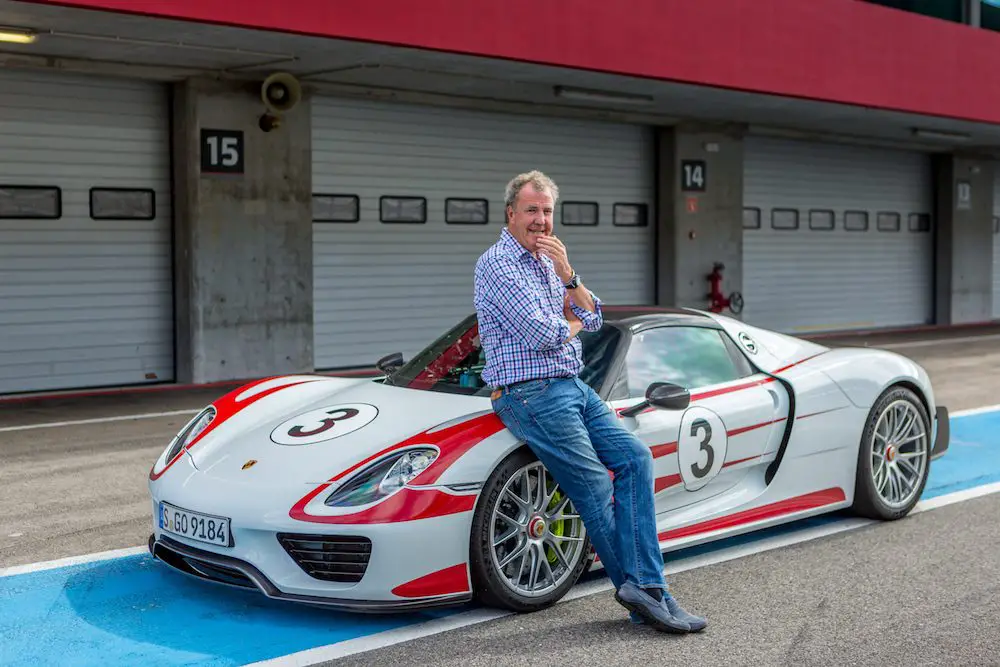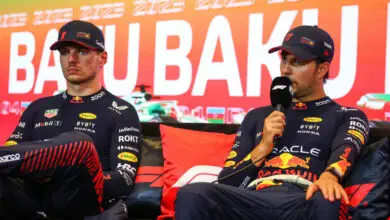F1 Teams and FIA Set to Tackle Rising Cockpit Temperatures in Upcoming Technical Advisory Committee Meeting
Following the challenging conditions faced by drivers at the recent Qatar Grand Prix, the FIA and Formula 1 teams plan to address the issue of high cockpit temperatures at the next Technical Advisory Committee (TAC) meeting. The intense heat, which led to several drivers needing medical attention, has raised serious concerns about driver safety and performance.
Key Takeaways:
- The FIA and Formula 1 teams will formally discuss solutions to the rising cockpit temperatures at the next TAC meeting, following the extreme heat experienced during the Qatar GP that impacted drivers’ health.
- Pat Symonds, Formula 1’s chief technical officer, highlighted the complexity of installing cooling equipment, weighing its benefits against the performance costs. He mentioned the use of cool suits in Indycars as a potential reference.
- Team principals from McLaren, Aston Martin, Haas, and Mercedes expressed varied opinions on addressing the issue, ranging from technical solutions to adjusting the race calendar, emphasizing the importance of driver safety and comfort.


The recent Qatar Grand Prix proved to be a pivotal moment for Formula 1, as it brought the issue of cockpit temperatures, previously not scrutinized, into sharp focus. The FIA’s decision to add this to the agenda of the upcoming TAC meeting, which is scheduled for October 31st, marks a significant step in addressing driver welfare and safety.
The Technical Advisory Committee, an essential platform for discussing the sport’s future rules, will see the participation of technical directors from all ten teams, the FIA, and Pat Symonds, Formula 1’s chief technical officer. This meeting is pivotal as it brings together key decision-makers who can influence the sport’s technical direction.
Pat Symonds, speaking to Autosport, acknowledged the complexity of the issue. He referenced the use of cool suits in Indycars and discussed the trade-off between additional weight and performance. Symonds’s remarks underscore the technical challenges involved in finding a solution that balances safety with the competitive integrity of the sport.
Team principals have offered diverse perspectives on the matter. McLaren’s Zak Brown anticipated varied opinions but stressed a unified approach towards safety. Mike Krack from Aston Martin called for collaboration among all parties, drawing on his experience with cockpit cooling in other racing categories. Guenther Steiner of Haas suggested a pragmatic approach by adjusting the race calendar, while Mercedes’ Toto Wolff cautioned against hasty technical changes that could disrupt existing regulations.
This issue, now in the spotlight, highlights the ongoing challenge Formula 1 faces in balancing the pursuit of performance with the imperative of driver safety. The upcoming TAC meeting is not just a technical discussion but a test of the sport’s ability to adapt and evolve in response to new challenges. As the teams and FIA work together, the solutions they devise will have far-reaching implications for the future of Formula 1, both on and off the track.




